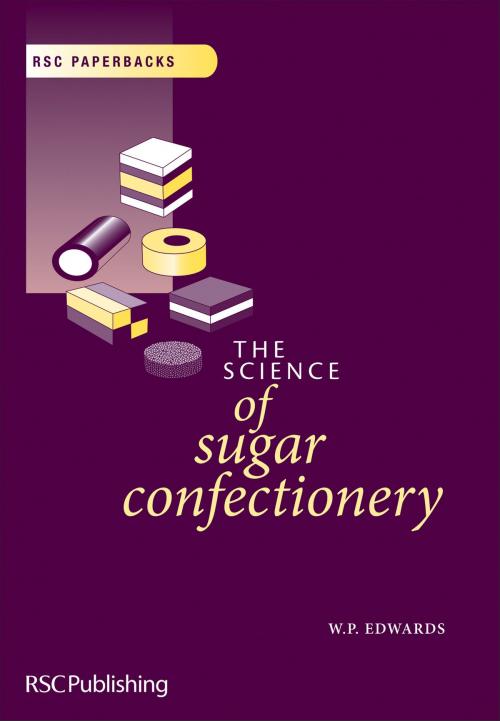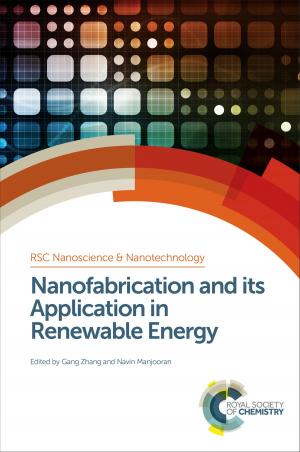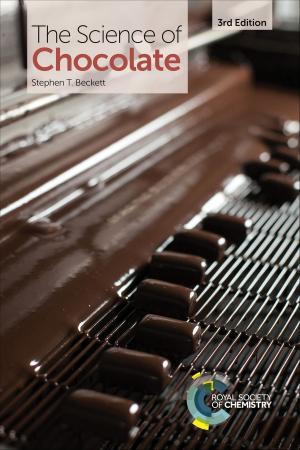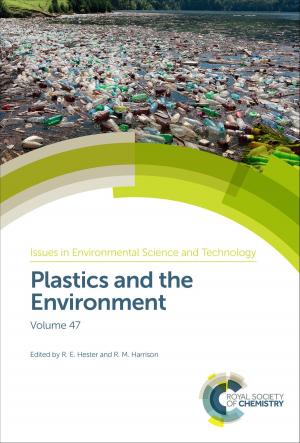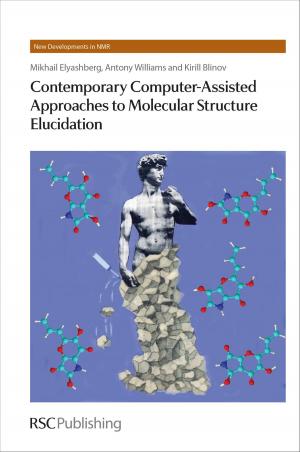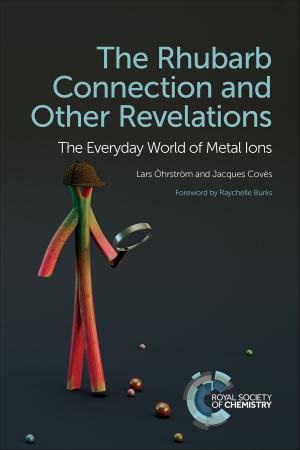The Science of Sugar Confectionery
Nonfiction, Science & Nature, Technology, Food Industry & Science, Reference & Language, Education & Teaching, Higher Education| Author: | William P Edwards | ISBN: | 9781782626091 |
| Publisher: | Royal Society of Chemistry | Publication: | November 9, 2015 |
| Imprint: | Royal Society of Chemistry | Language: | English |
| Author: | William P Edwards |
| ISBN: | 9781782626091 |
| Publisher: | Royal Society of Chemistry |
| Publication: | November 9, 2015 |
| Imprint: | Royal Society of Chemistry |
| Language: | English |
Confectionery is a topic close to many people's hearts and its manufacture involves some interesting science. The confectionery industry is divided into three classes: chocolate, flour and sugar confectionery. It is the background science of this latter category that is covered in The Science of Sugar Confectionery. The manufacture of confectionery is not a science based industry, as these products have traditionally been created by skilled confectioners working empirically. In fact, scientific understanding of the production process has only been acquired retroactively. Historically however, sugar confectionery has had technological synergies with the pharmaceutical industry, such as making sugar tablets and applying panned sugar coatings. This book gives an introduction to the subject, with some basic definitions and commonly used ingredients and then moves on to discuss the chemistry of various types of sugar confectionery. These include "sugar glasses" (boiled sweets), "grained sugar products" (fondants), toffees and fudges, "hydrocolloids" (gums, pastilles and jellies) and concludes with a chapter dedicated to sugar-free confectionery.
Confectionery is a topic close to many people's hearts and its manufacture involves some interesting science. The confectionery industry is divided into three classes: chocolate, flour and sugar confectionery. It is the background science of this latter category that is covered in The Science of Sugar Confectionery. The manufacture of confectionery is not a science based industry, as these products have traditionally been created by skilled confectioners working empirically. In fact, scientific understanding of the production process has only been acquired retroactively. Historically however, sugar confectionery has had technological synergies with the pharmaceutical industry, such as making sugar tablets and applying panned sugar coatings. This book gives an introduction to the subject, with some basic definitions and commonly used ingredients and then moves on to discuss the chemistry of various types of sugar confectionery. These include "sugar glasses" (boiled sweets), "grained sugar products" (fondants), toffees and fudges, "hydrocolloids" (gums, pastilles and jellies) and concludes with a chapter dedicated to sugar-free confectionery.
